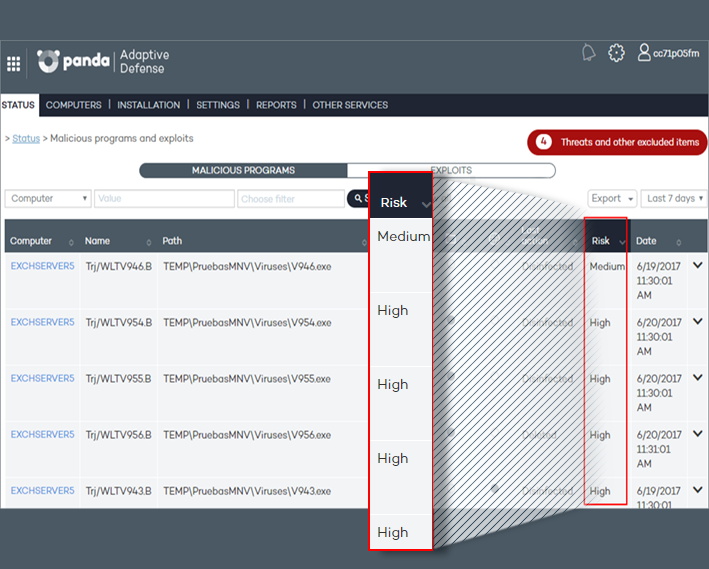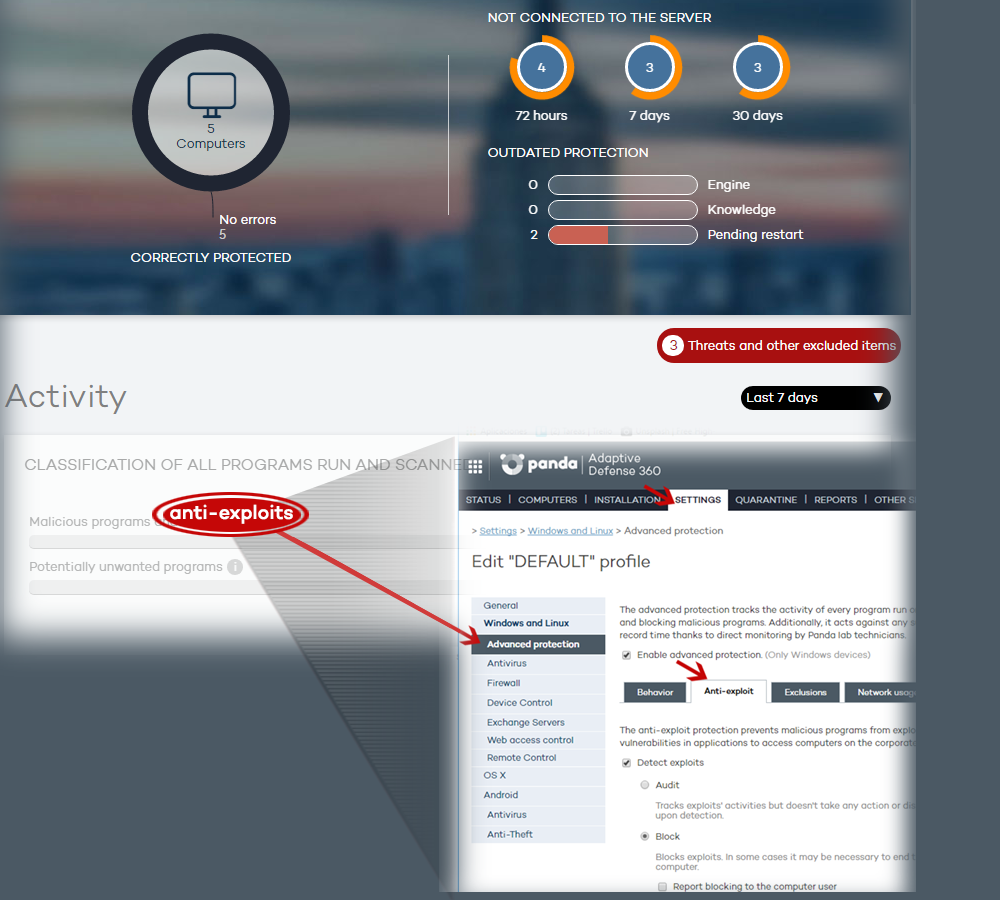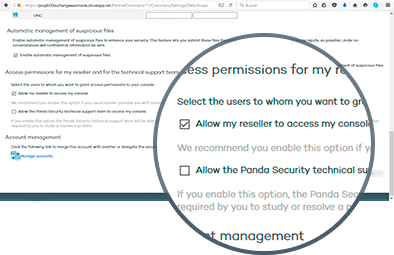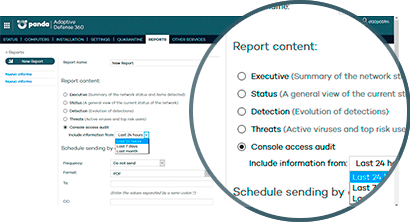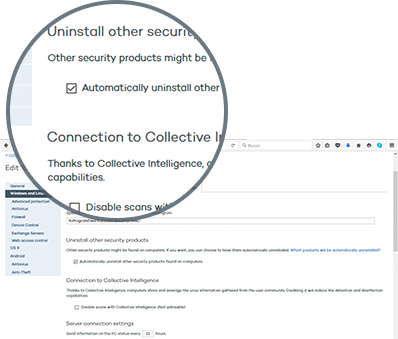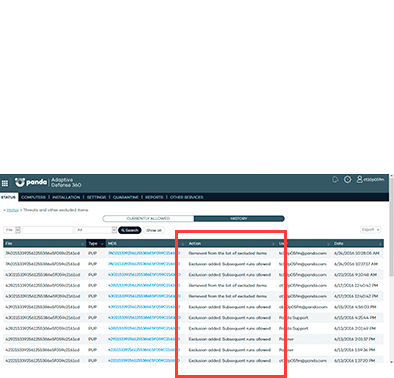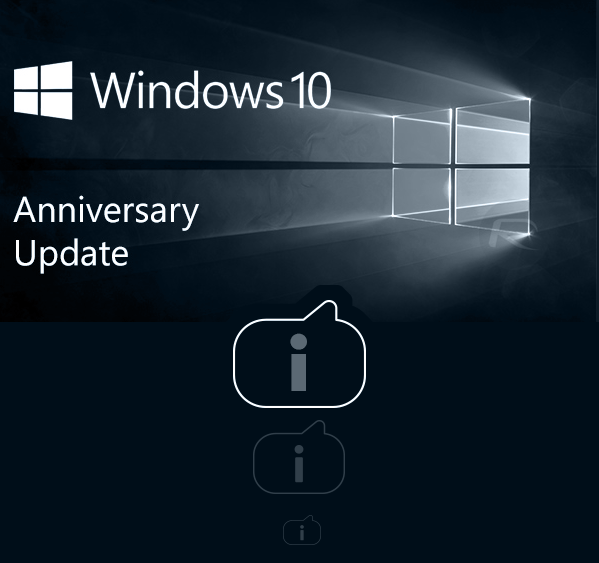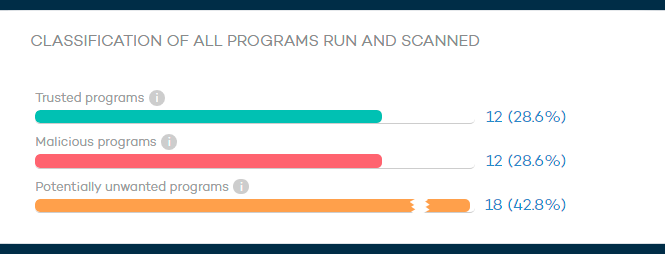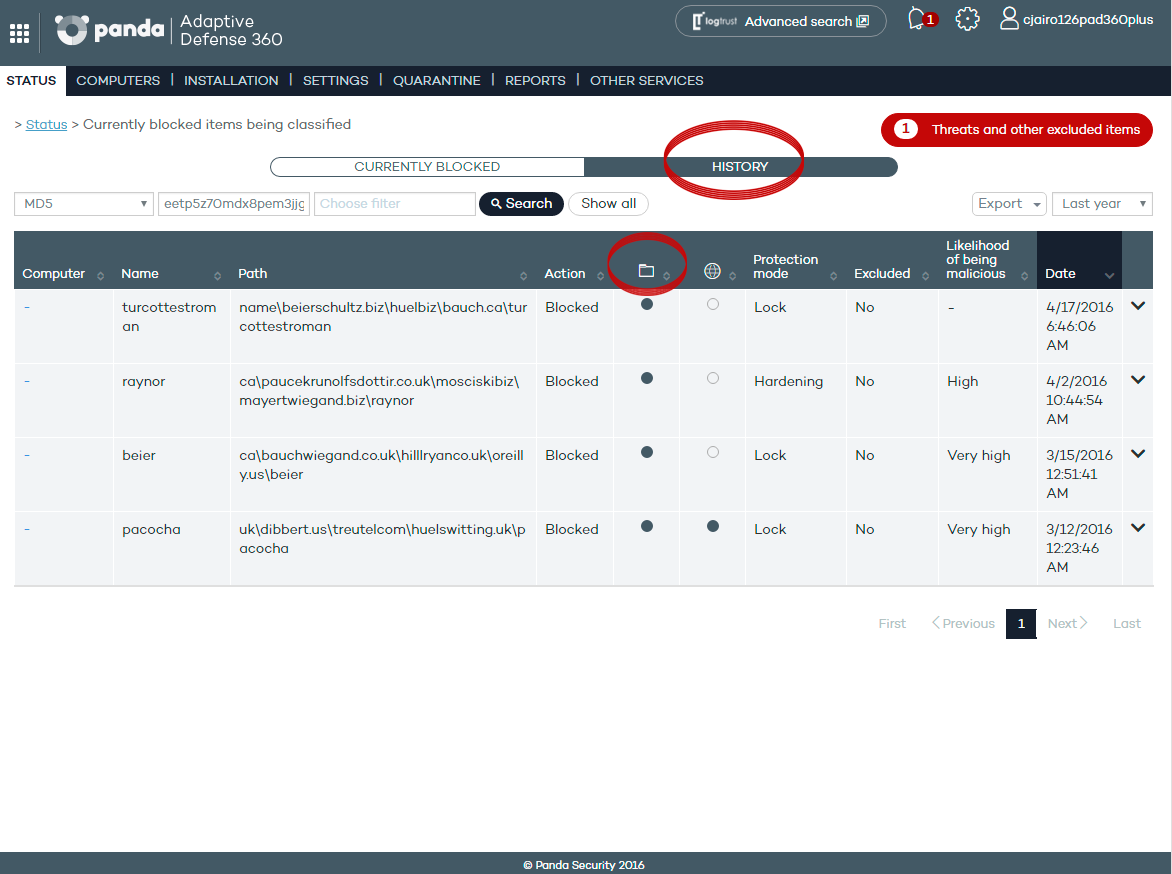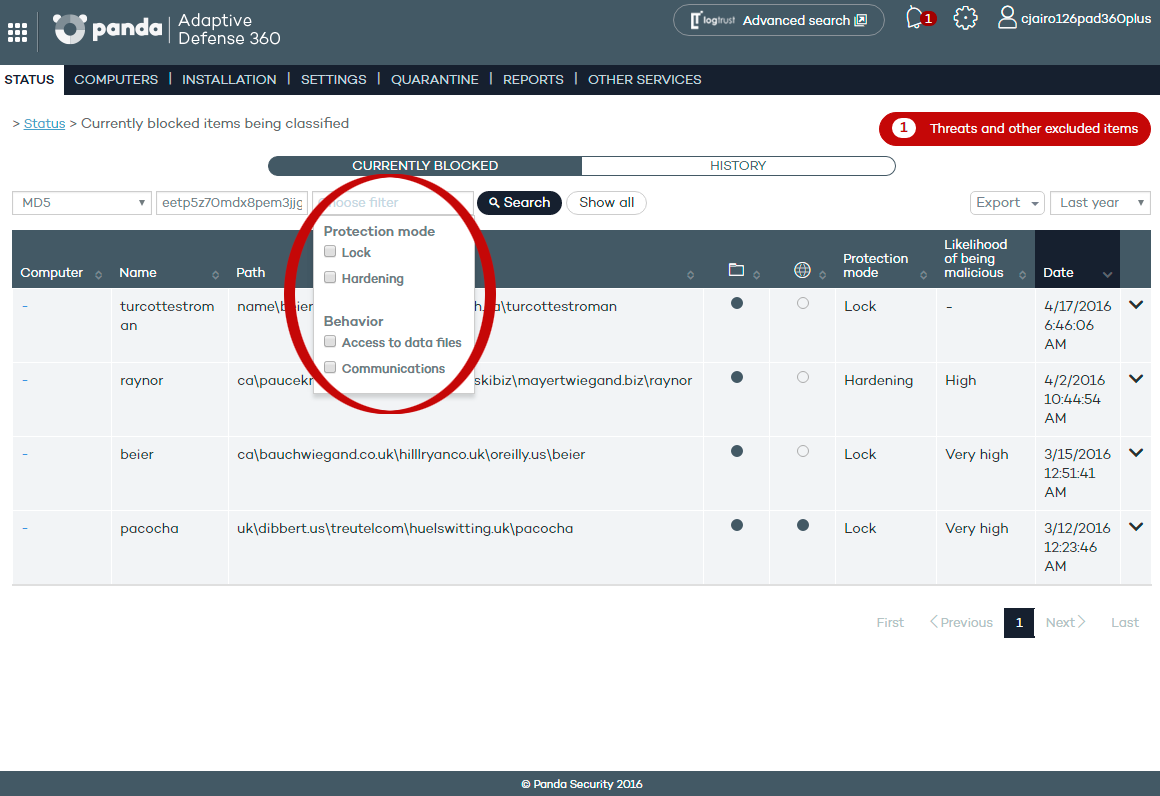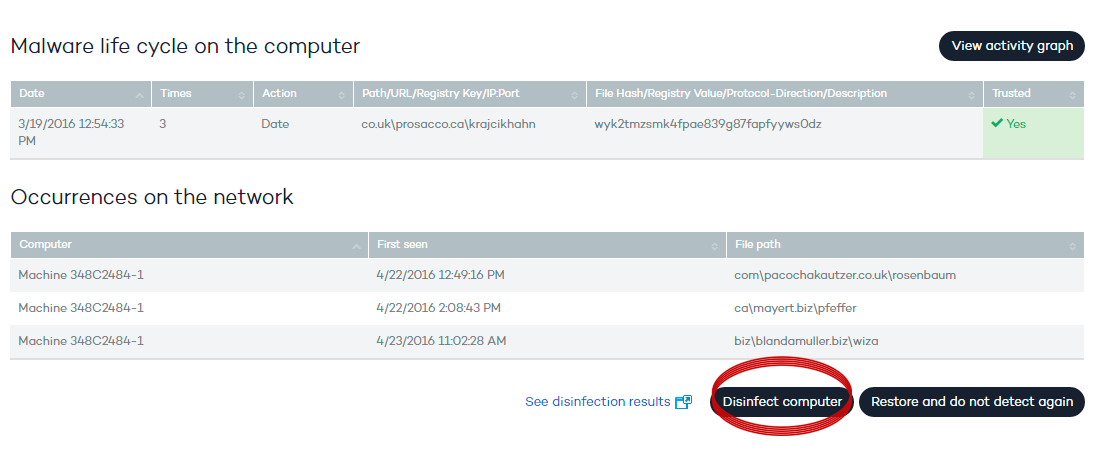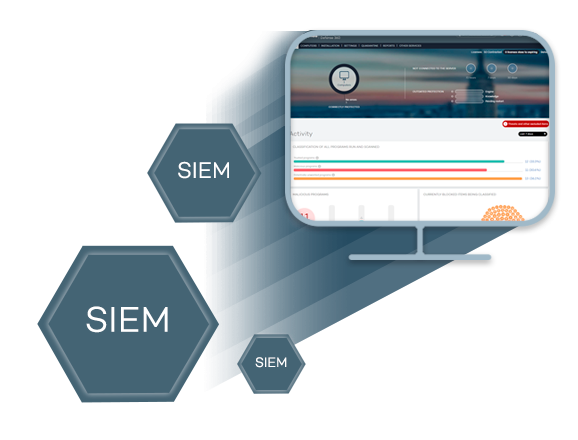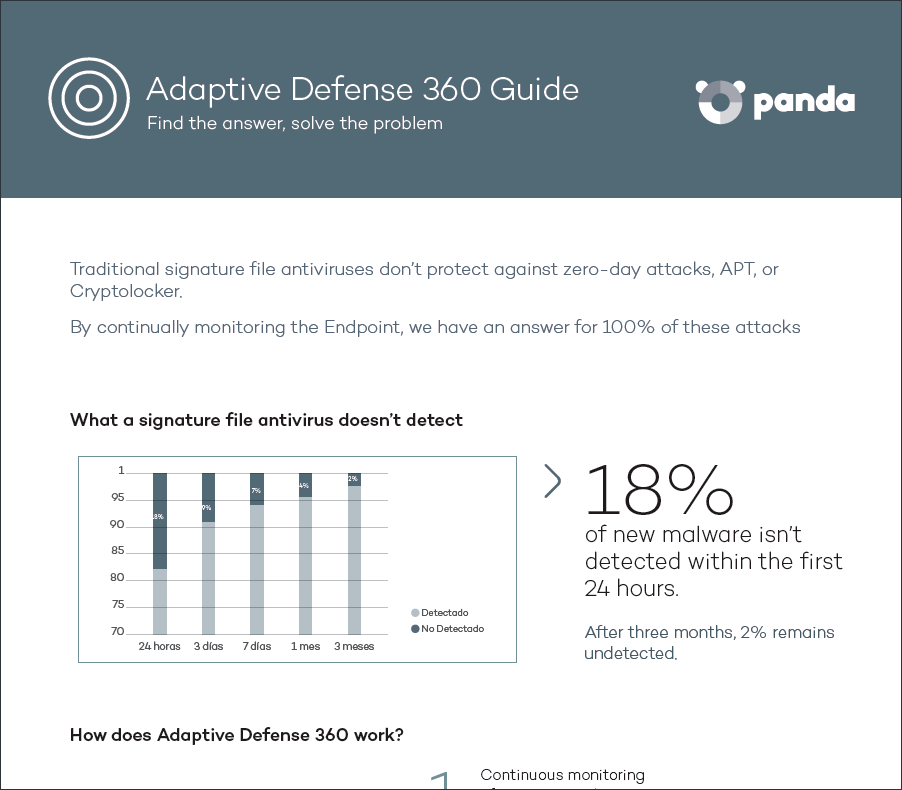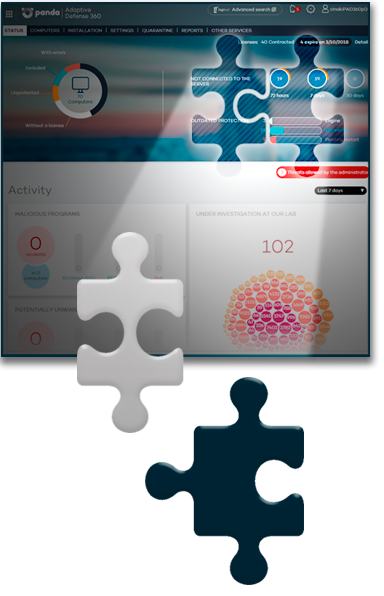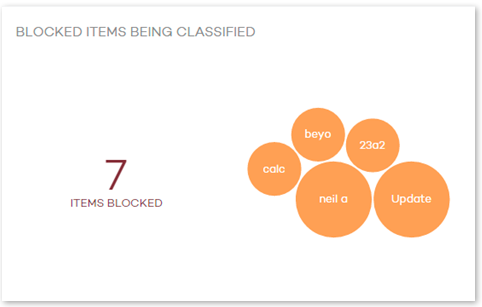Adaptive Defense 2.4.1

Ability to export the life cycle details
of one or multiple detections as well as command-line parameter information
This version provides the ability to export the life cycle details of one or multiple detections (or blocked items) to CSV format.
Also, the console will display information about the command-line parameters used by attackers employing PowerShell scripts.

Prioritization of incident analysis
Prioritization of incident analysis (origin, impact, etc.) in the detection of malware or PUP through the Risk indicator.
- The risk is high when the malware or PUP was run before it was detected and has accessed files and/or established Internet connection.
- The risk is medium when the malware or PUP was run before it was detected but didn’t access any file and didn’t establish any Internet connection.
- The risk is low when the malware or PUP was not executed before being detected.
